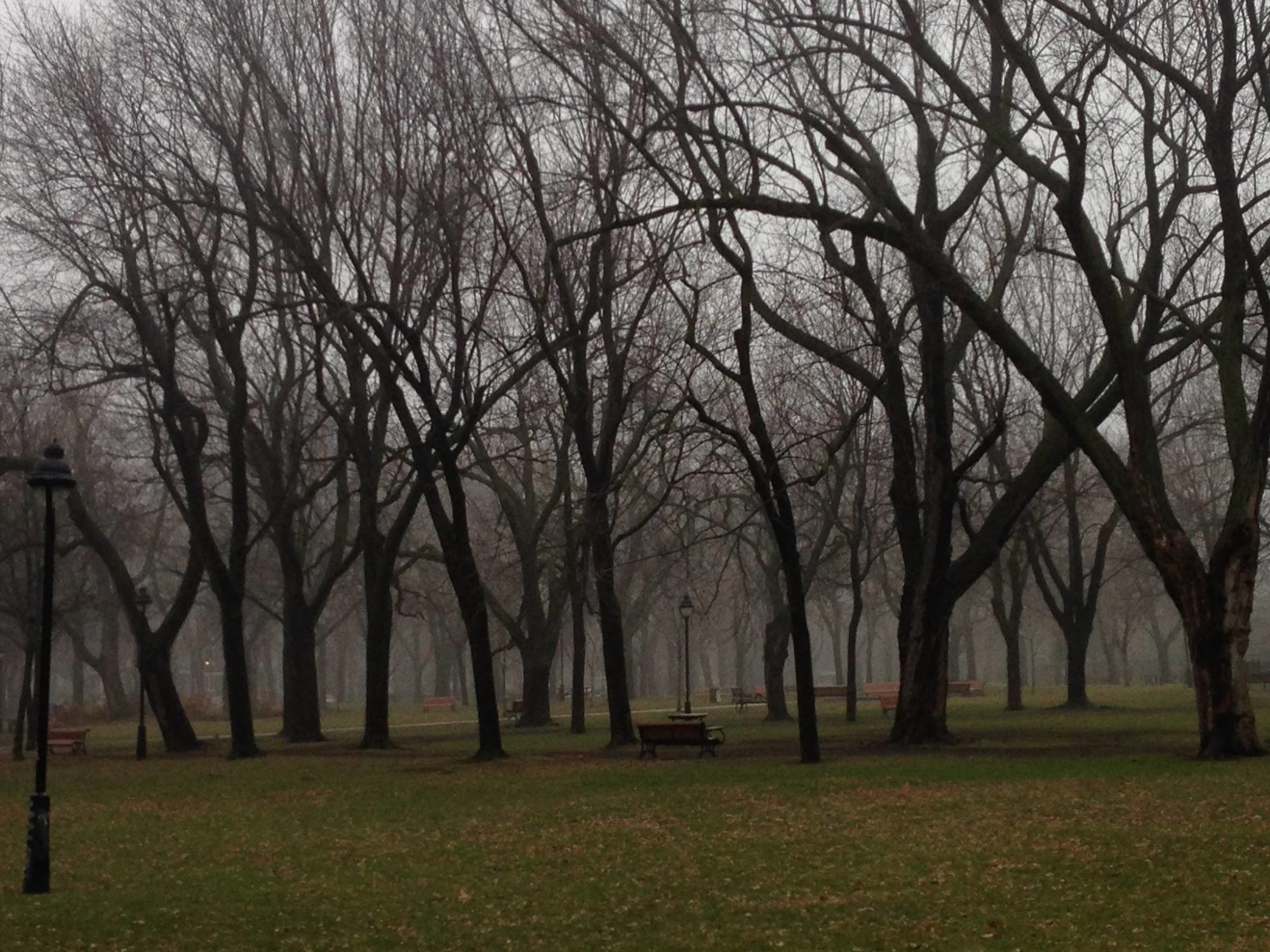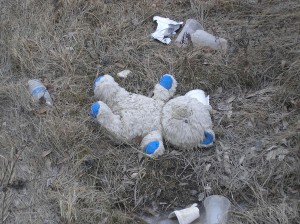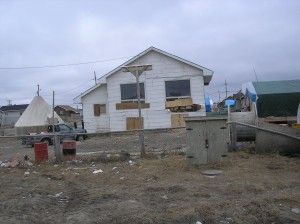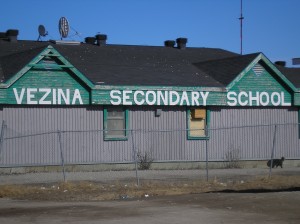When it comes to the First Nations, Inuit or Metis there are many, many stereotypes. One of my favorites, of course, is that we get too much money from the government. If that is the case, why are so many communities in disrepair? I grew up in the plateau district of Montreal during the 70’s. Life wasn’t easy growing up but thanks to my mother’s hard work we had four walls, a roof over our heads and food in our bellies. Our mother would work 12 to 18 hours a day to make sure that we were okay. I always thought that I had it pretty rough….that is until recently. Naturally there are several levels of poverty in this country but I have never seen it worse than in Attawapiskat, where I recently spent six days working on a documentary.
An impoverished community in northern Ontario, Attawapiskat has suffered neglect because of the poor decisions made by a handful of people. I had never been to a northern community before and had only heard stories about how bad living conditions were up there. When I got there I discovered that it was much worse. There was housing so bad that it would never be tolerated in communities down south. With a large percentage of the community homeless, poor health conditions and a questionable water treatment problem it begs the question: Why?. Why does it have to get this bad before the leaders in this country sit up and take notice which unfortunately has not happened yet.
The 6 days I spent up there were some of the most eye opening of my life. I toured the community with the documentary crew who was up there to film the story of Attawapiskat. Rosie our guide showed us around and talked about the serious problems a community like Attawapiskat faces. Besides the poverty, poor housing and health problems there is the negative stereotypes that the people here have to deal with. “They’re a community of whiners and complainers,” Chuck Strahl, Minister of Indian and Northern Affairs (INAC) is quoted as saying. He has also said that he himself visited the community and found no problems. Funny thing, no one I spoke to recalls ever seeing him in the community. Health Canada has also commented on Attawapiskat concluding that there are no immediate health concerns and that intervention was not necessary. From what I saw in the community, their opinion could not be farther from the truth.
One of the places that I was able to view was the school where many health problems have occurred. INAC spokesman Greg Coleman says, “Right now our concerns are for the health and safety of the students… the last health and safety inspection showed it is safe.†http://attawapiskat.com/?cat=9 However, he was not sure when that inspection occurred. I can tell you from personal experience that it is not safe. I crawled under one of the schools to see for myself: mold was practically everywhere. One of the students even got sick while I was under there, and the student had only stuck her head inside where I crawled in for just a few minutes. I think INAC’s definition of safety is somewhat skewed. If they are really just “a community of whiners and complainers,” and receive too much money from the government, why are the health conditions and housing situation (to name just a couple of things) so awful? Yet the people continue to try to live with dignity and to find happiness where they can.
The thing that got me the most in Attawapiskat was the people. They were as warm and and welcoming as any other community I have visited. One experience I would like to share happened on the second day I was there. We were filming a scene at the water treatment plant. I entered the plant to fill up a water bottle and leave. Well, while I was headed back down the road I was surrounded by a group of 5 and 6 year old’s who peppered me with questions. My favorite questions were “Are you a movie star?” and “My cartoon network doesn’t work can you fix it?” It’s that innocence that best describes the community of Attawapiskat. No matter how tough the situation is, a smile is a smile and a laugh is a laugh.
Irkar Beljaars








